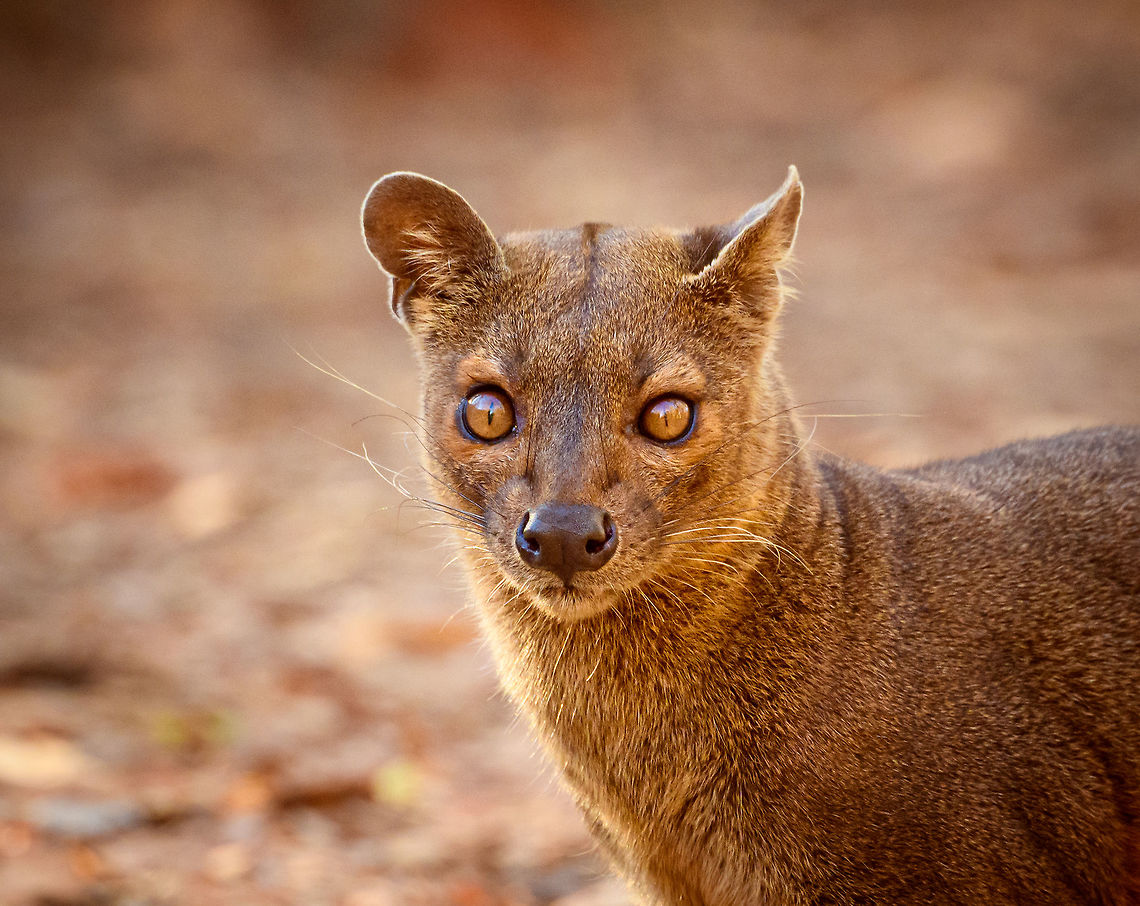 Promoted
Promoted
Fossa portrait - 2, Kirindy Reserve, Madagascar
Before we were about to start a morning hike in Kirindy, Henriette spotted this Fossa near our lodge. I went into pursuit and was close to losing it when the Fossa bumped into other tourists, forcing it back in my direction. Note that at Kirindy, the Fossa is common to see as it is somewhat domesticated. In the wild you are unlikely to ever see one. They are widespread throughout Madagascar, yet typically local populations are small.
The Fossa is Madagascar's top mammalian predator. It has an interesting taxonomy. Despite its cat-like appearance, it is believed to be more closely related to the mongoose family:
https://www.jungledragon.com/wildlife/browse/animalia/chordata/mammalia/carnivora/eupleridae
It's an iconic species typical of Madagascar, there isn't a comparable species anywhere else.
The most impressive fact about the Fossa is that over 50% of their diet consists of lemurs. Surprising a lemur in the canopy, who have keen senses and are always on watch, takes an extraordinary skill. For this purpose, the Fossa has flexible ankles, which allow it to climb up and down, as well as jump between trees. Although rare, there have been reports of multiple Fossas cooperating in a hunt, evidence here:
Well, some may consider another fact even more impressive: the male of the Fossa at times can be considered a five-legged animal as it has an unusually large penis that may reach up to its front legs when erect. Not only is it huge, it's also spiny. The female has equally strange genitalia, it grows an enlarged, penis-like clitoris that is also spiny. This clitoris reduces in size as she ages, it is believed that during the female's first years, this masculization helps her against harassment by young males. The Fossa is the only known species in the world where this process occurs without hormones being involved.
Despite being the top predator of Madagascar, one does not have to be terrified when seeing one. It's best described as an oversized, very muscular cat. Surely it can do significant damage when provoked, but it's unlikely to be a life threatening encounter. Fossas typically will not grow beyond about 10kg of weight.
Now extinct, there once was a second species of Fossa: Cryptoprocta spelea, or Giant Fossa. It was almost identicial yet twice as large or heavy. The extra size likely was needed to hunt the Giant lemurs of Madagascar, which have also gone exctinct. Check out this illustration:
https://www.researchgate.net/profile/Simon_Bearder/publication/262067793/figure/fig3/AS:669429562081292@1536615853540/Some-subfossil-lemur-species-with-extant-Indri-one-of-the-two-largest-living-lemurs.png
The Indri (in black) is the only species in the illustration still extant, and currently the largest species of lemur.
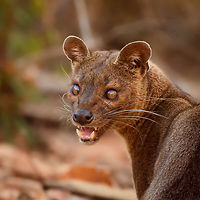
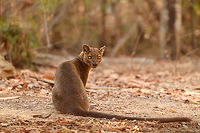
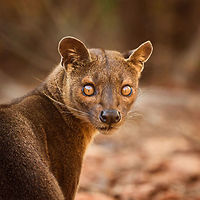
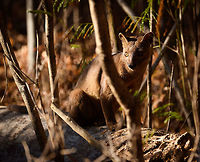
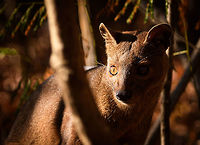
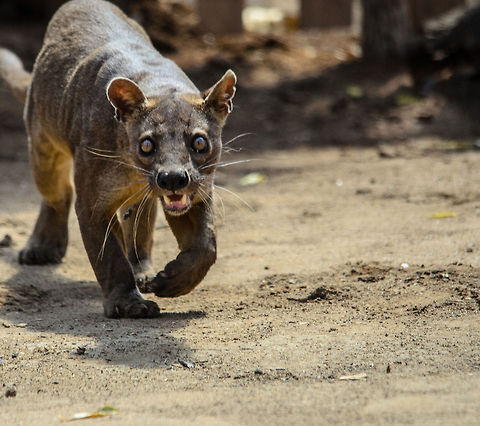
The fossa is a cat-like, carnivorous mammal that is endemic to Madagascar. It is a member of the Eupleridae, a family of carnivorans closely related to the mongoose family. Its classification has been controversial because its physical traits resemble those of cats, yet other traits suggest a close relationship with viverrids.

comments (5)